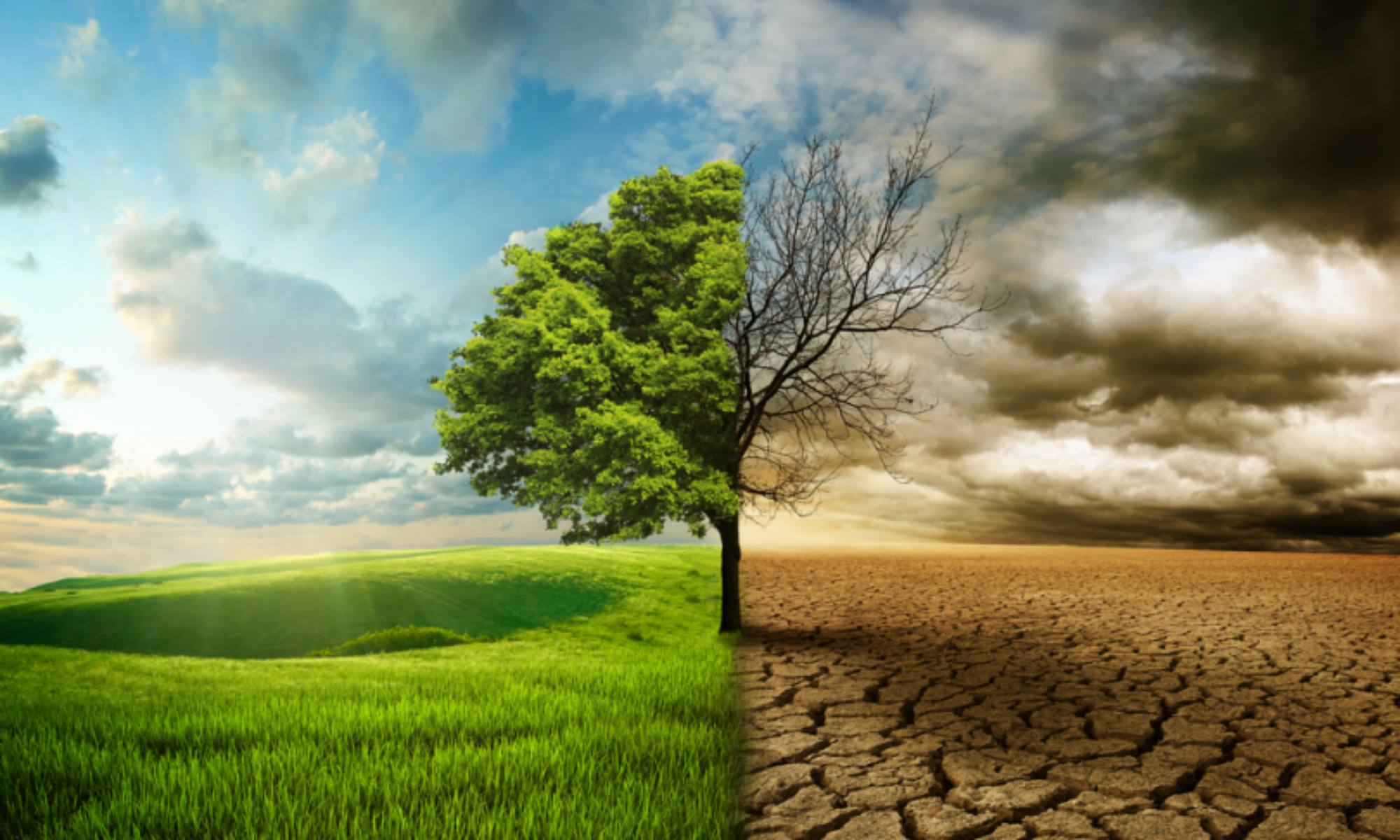This is part of a sequence related to my thesis writing for MscCCAFS completion. Check out their website at www.nuigalway.ie/ccafs for a brief overview of the course outline. In this post, I will highlight some key concepts discussed in the thesis paper
Climate Adaptation
Climate adaptation methods must be scaled up to improve livelihood sustainability and climate resilience in resource-constrained smallholder agricultural systems. The Intergovernmental Panel on Climate Change (IPCC) describes adaptation as the process of responding to changing climate and its effects (IPCC, 2022). Adaptation is also known as an anthropocentric reaction that seeks to limit harm or capitalize on favorable possibilities for mankind. Maladaptation is defined as climate change adaptation that has unexpected negative consequences
Agriculture and the food industry are crucial to global food security and long-term growth. While there is a need to cut agricultural and food sector emissions, there is also a need to rapidly scale a diverse portfolio of practises, technologies, and systems to transition (or “transform”) to agriculture and food systems that are better suited and robust to future climates. The urgency of implementing adaptation in agricultural and food systems is heightened by the already visible strong trends in climate change, as well as the substantial potential of more extreme changes including greater frequency and severity of unfavourable climate-related occurrences.

Maladaptation
Maladaptation is a major emphasis of the 2022 IPCC report. Back in 2014, the IPCC defined maladaptation as “activities that may raise the probability of severe climate-related consequences, increased susceptibility to climate change, or lower wellbeing, now or in the future.” But, in order to really comprehend the technique, we must first comprehend adaptation—and why we so sorely require it.
Studies show that as climate change accelerates, people become more sensitive to dangers such as flooding and excessive heat. “When we adapt, what we strive to do is reduce the negative effect of these hazards by minimizing exposure and vulnerability, and thus, decreasing risk.” However, because climate change is unexpected and occurring in real-time, leaders are improvising answers, and some of their adaptation efforts are unsuccessful. One thing that is more evident is that there have quick solutions to climate dilemmas and in ways that lock us into particular types of growth trajectories, we risk these adaptation techniques backfiring and making us more vulnerable to climate change.
However, eliminating maladaptation will be difficult. It necessitates a rigorous examination of present programme flaws, such as the climate finance from affluent nations that continues to fall through. It’s also vital to realize that no one method will work everywhere—why that’s adaptability exists
How to do it better
To avoid maladaptation, planners and leaders must listen to all groups of people, whether they be illegal immigrants, women, or religious minority. This entails going outside of the NGOs and other groups that traditionally make climate-planning choices, getting on the ground, and gathering local feedback to establish the true source of the problem. This is also emphasised in the most recent IPCC report, which emphasises a comprehensive approach to strengthening ecological stewardship, education, and involvement in future mitigation and adaptation approaches.

Biblography
IPCC 2022. Climate Change 2022: Impacts, Adaptation, and Vulnerability. Contribution of Working Group II to the Sixth Assessment Report of the Intergovernmental Panel on Climate Change.Summary for policymakers. Cambridge University Press.
KNICKEL, K., REDMAN, M., DARNHOFER, I., ASHKENAZY, A., CHEBACH, T. C., ŠŪMANE, S., TISENKOPFS, T., ZEMECKIS, R., ATKOCIUNIENE, V. & RIVERA, M. 2018. Between aspirations and reality: Making farming, food systems and rural areas more resilient, sustainable and equitable. Journal of Rural Studies, 59, 197-210.
NGUYEN, D., VU, H., PHAM, T., TRINH, T., BARLIS, A., DAM, V., SIMELTON, E. & LE, T. 2020. Smart adaptation to climate through adoption of agro-climatic services. In: Training course on “Methods and skills for transferring technical advances to production organization” organized by Vietnam National Agricultural Extension Center (NAEC) held at Phu Tho Province on 23-28 November 2020. Training material on climate services module. 61p.
STONE, J. & RAHIMIFARD, S. 2018. Resilience in agri-food supply chains: a critical analysis of the literature and synthesis of a novel framework. Supply Chain Management: An International Journal.
WATKISS, P., HUNT, A., BLYTH, W. & DYSZYNSKI, J. 2015. The use of new economic decision support tools for adaptation assessment: A review of methods and applications, towards guidance on applicability. Climatic Change, 132, 401-416.
WEZEL, A., HERREN, B. G., KERR, R. B., BARRIOS, E., GONÇALVES, A. L. R. & SINCLAIR, F. 2020. Agroecological principles and elements and their implications for transitioning to sustainable food systems. A review. Agronomy for Sustainable Development, 40, 1-13.
